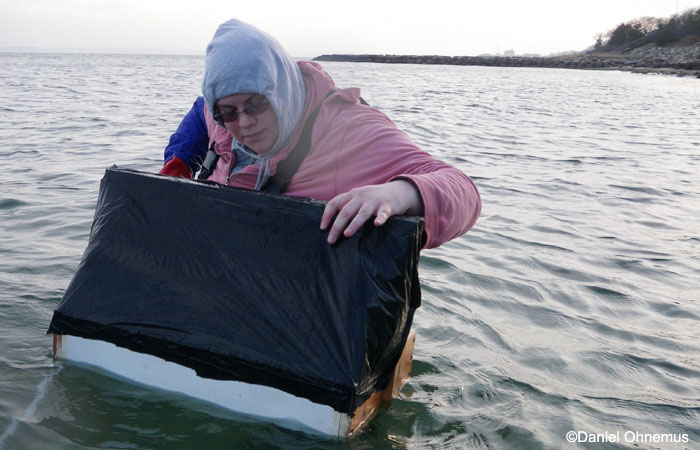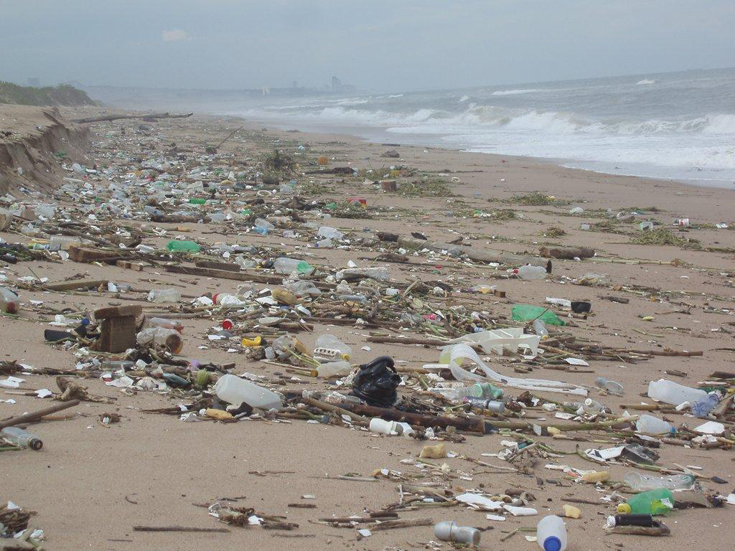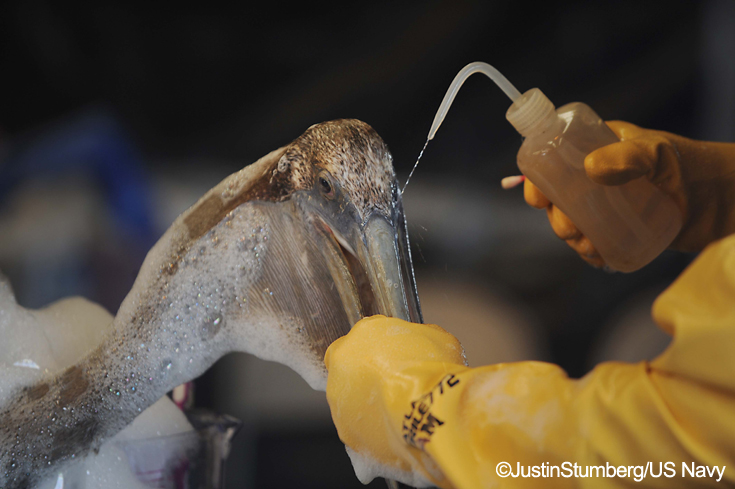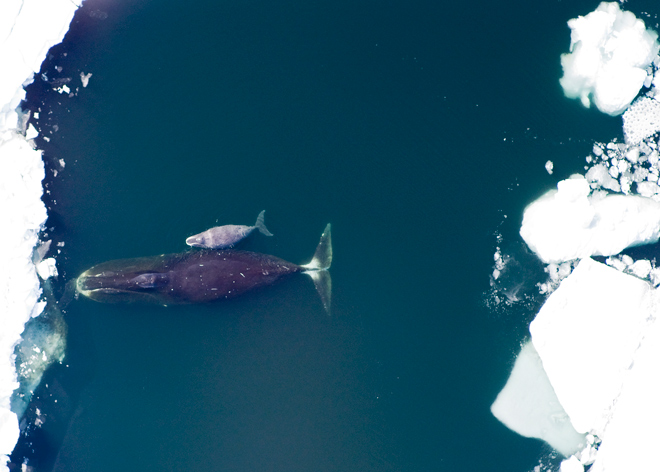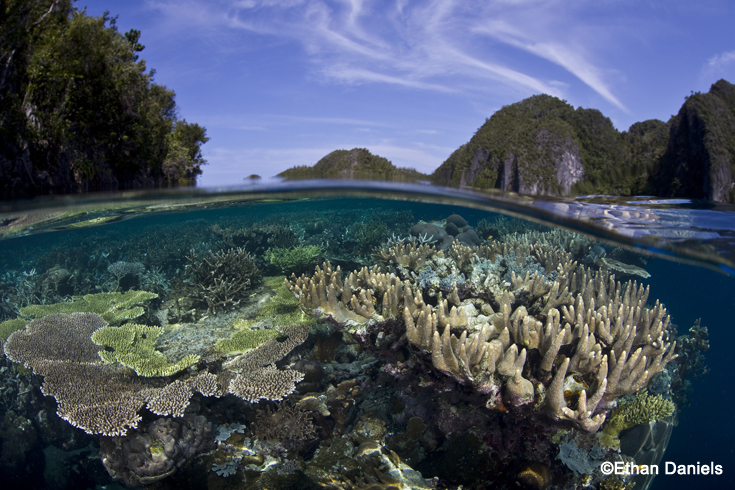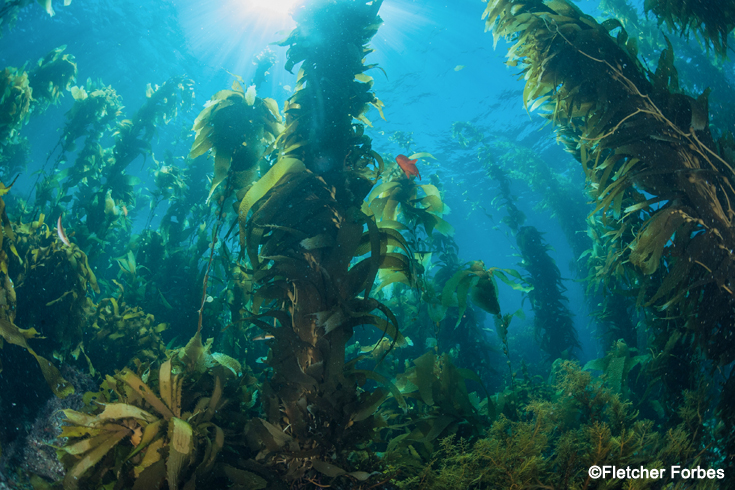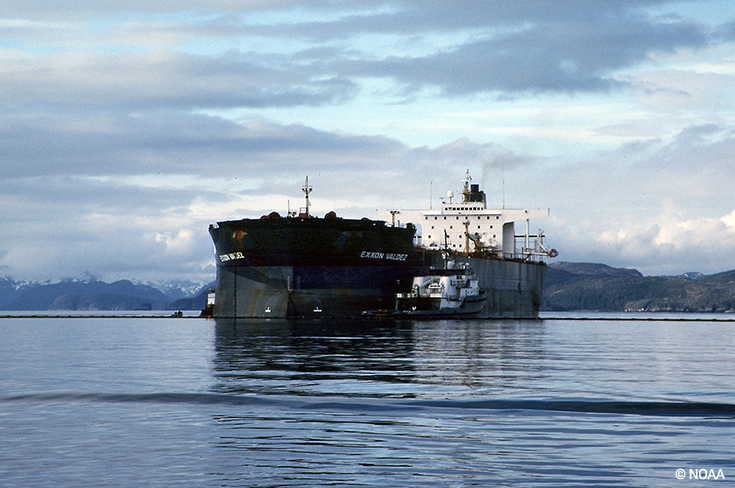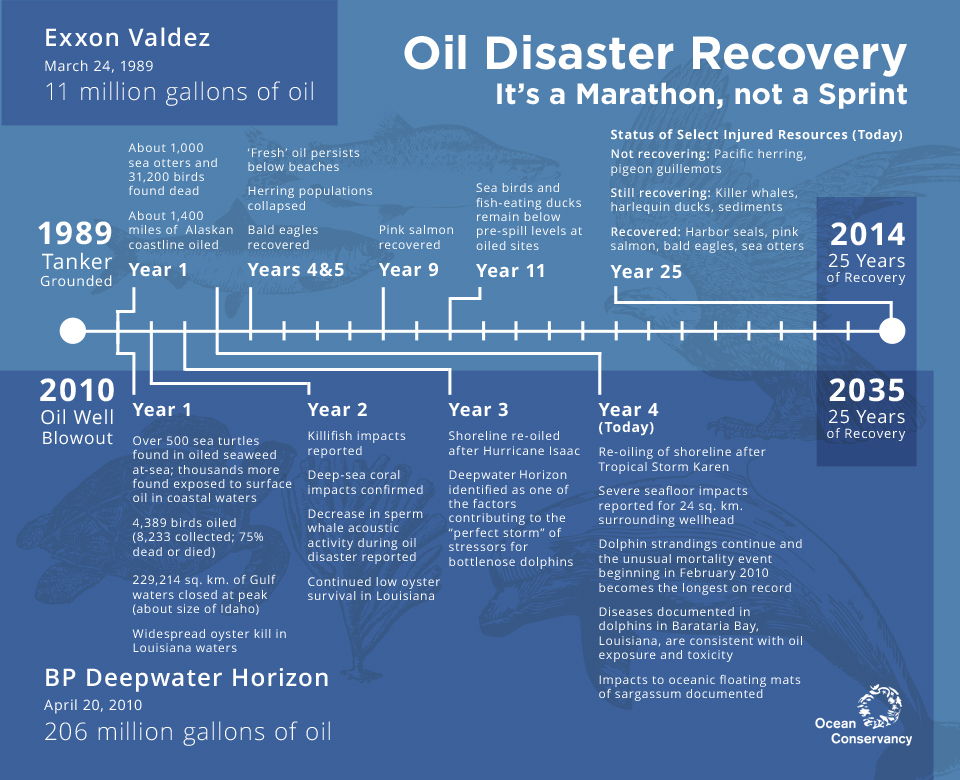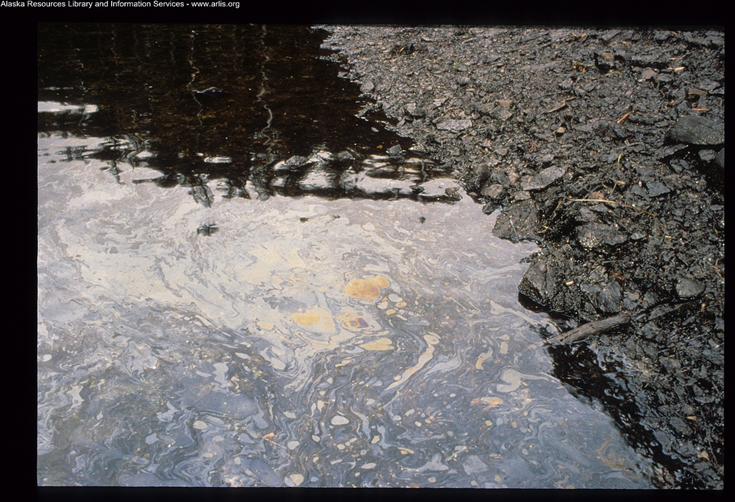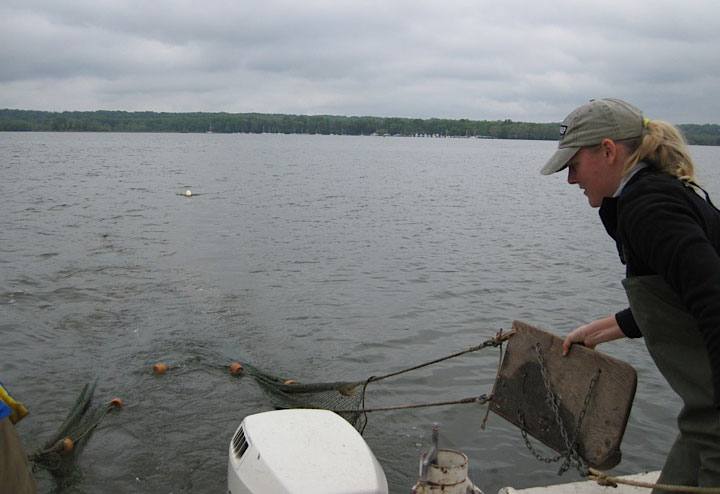What Does Ocean Acidification Mean for our Coasts?
This post is a collaboration between Sarah Cooley, Ph.D. (Ocean Conservancy) and Meredith White, Ph.D. (Bigelow Laboratory for Ocean Sciences). As we dig deeper into how ocean acidification will affect our oceans, many s...
What Does Ocean Acidification Mean for our Coasts?
As the Senior Director of Ocean Conservancy’s Trash Free Seas® Program, I’ve had the opportunity to meet people who care about the ocean and are making a difference for the communities that depend on it. However, I’m alw...
The Five Myths (and Truths) About Plastic Pollution in Our Ocean
According to a new study, scientists estimate that between 600,000 and 800,000 coastal seabirds died because of the BP Deepwater Horizon oil disaster, a number far greater than any previous estimate. Understanding the ri...
800,000 and Counting: The Soaring Deepwater Horizon Bird Death Count
Ocean Conservancy will be publishing a blog series exploring the wonder of the Bering Strait and highlighting threats and solutions to this region. The Bering Strait—located between Alaska’s Seward Peninsula and Russia’s...
One of the Biggest Arctic Migrations You’ve Never Heard of
In honor of Women’s History Month, Ocean Conservancy will be publishing a three-part series highlighting some of the amazing women who study and protect our ocean. Dr. Anne Salomon Dr. Anne Salomon grew up right by the...
Honoring the Women Who Fight for Our Ocean (Part 3)
In honor of Women’s History Month, Ocean Conservancy will be publishing a three-part blog series highlighting some of the amazing female scientists who study and protect our ocean. Kathryn Sullivan We recently told you a...
Honoring the Women Who Fight for Our Ocean (Part 2)
Just after midnight on March 24, 1989, the oil tanker Exxon Valdez struck Bligh Reef in Alaska’s Prince William Sound. In the days that followed, the tanker spilled approximately 11 million gallons of oil into the sound....
Four Reasons Why an Arctic Oil Spill Could be Catastrophic
This piece was co-authored by Chris Robbins, senior manager of restoration planning at Ocean Conservancy, and Bob Spies, former chief scientist for the Exxon Valdez Oil Spill Trustee Council. The first and second phases...
Four Years Out and Counting: Taking Stock of the BP Disaster Through the Lens of the Exxon Valdez Oil Spill
On March 24, 1989, a few hours after the Exxon Valdez spill began, Alaska Gov. Steve Cowper and I boarded the tanker. At the time I was serving as Alaska’s commissioner of environmental conservation. We flew on a single-...
Exxon Valdez Oil Disaster 25 Years Later
(This blog is part of a series of interviews with scientists who are championing marine research in the Gulf of Mexico.) Shrimp are not just an integral part of the Gulf Coast’s culture and cuisine, but they are also a p...

